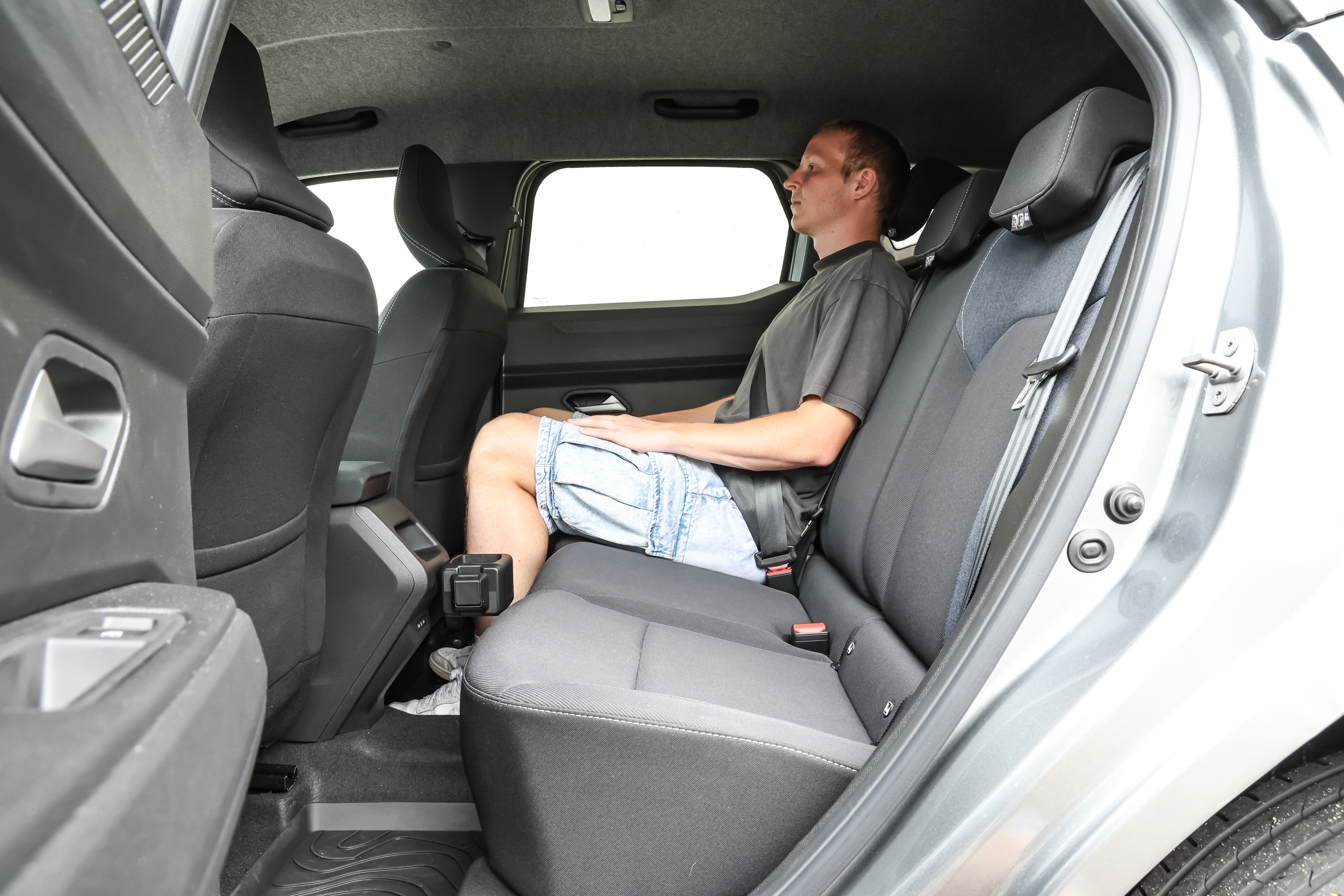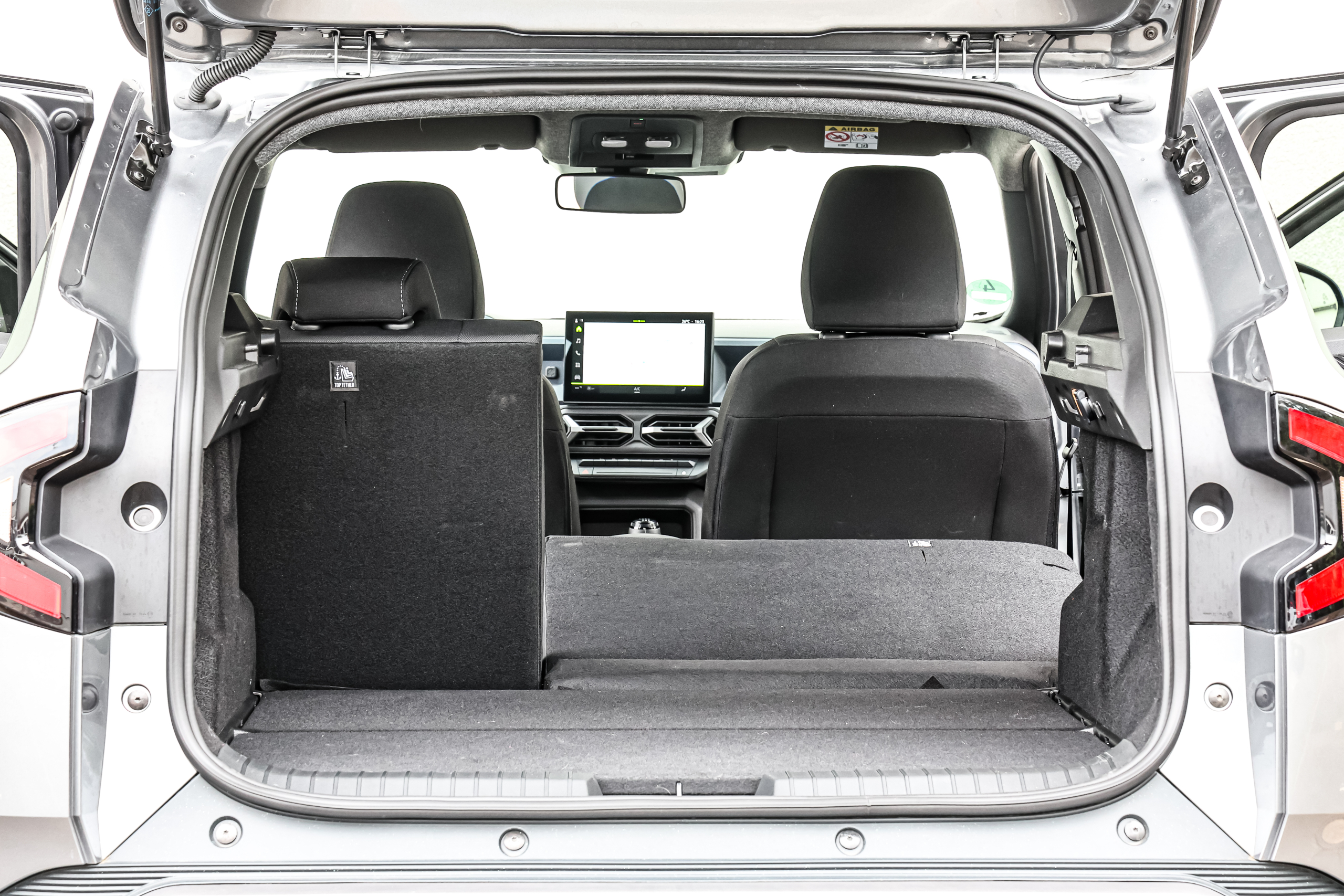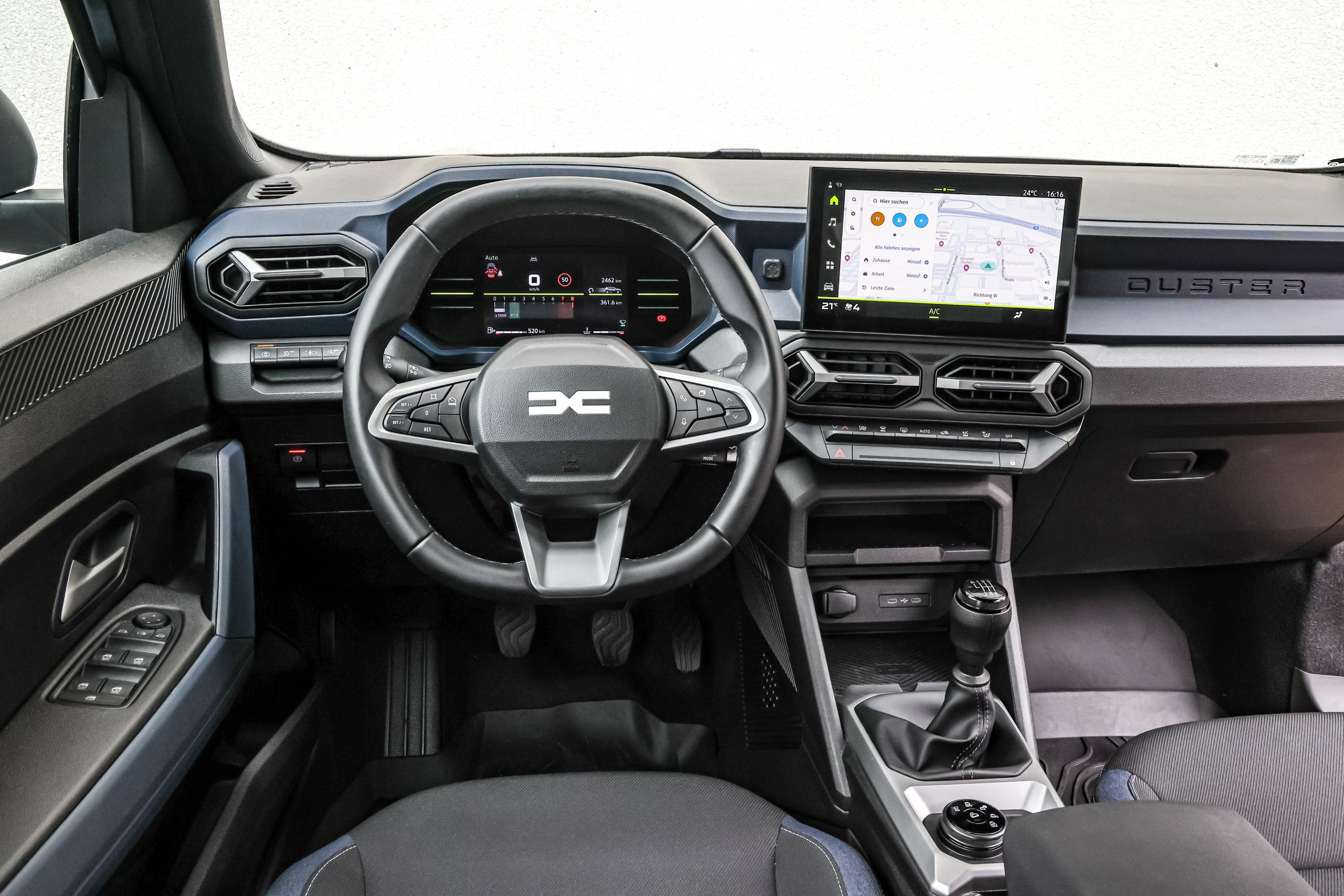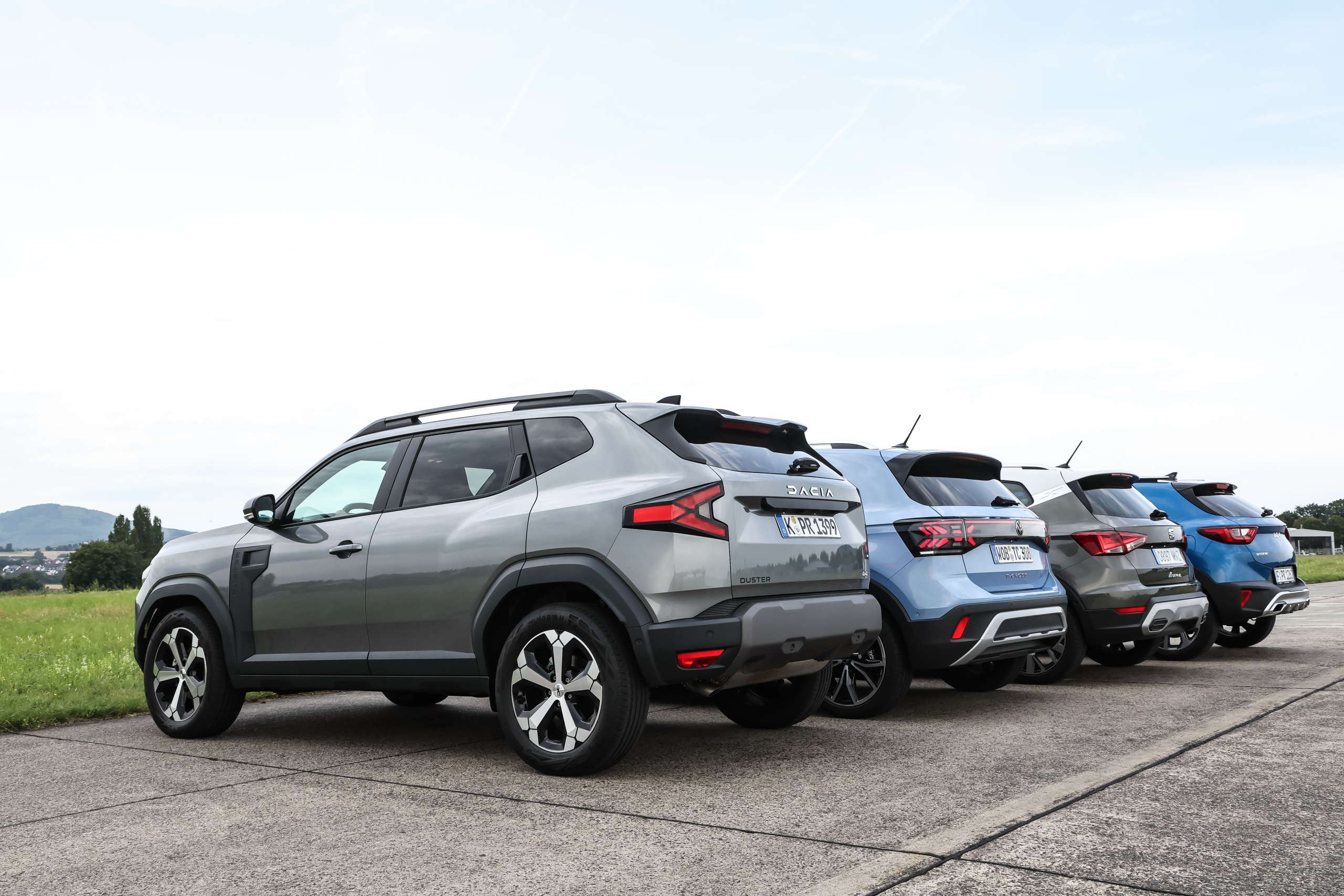Compact SUVs also command great prices these days. Dacia is one of the few exceptions. In fact, the Dacia Duster 4×4 is cheaper than some smaller front-wheel drive competitors. But that’s not his only strong point.
With its length of 4.34 meters, the angular Dacia Duster is 20 to 25 centimeters longer than many cars in the same price range. In this test we compare the Duster TCe 130 4×4 with the Volkswagen T-Cross 1.0 TSI (115 pk), de Seat Arona 1.0 TSI (116 pk) in Kia Stonic 1.0 T-GDi 100 48V.
The Dacia Duster offers plenty of space for everyday use, although the front occupants may feel a bit confined by the massive dashboard and high window line.

With this, the Dacia Duster beats the competition to the punch
In the Kia Stonic you sit a lot more spacious in the front. In the back, the Duster offers the most legroom together with the Volkswagen T-Cross. The Volkswagen has a sliding rear seat as standard, but it loses out in terms of luggage space.
The German offers 455 to 1281 liters compared to 456 to a very generous 1548 liters in the Romanian. With 352 to 1155 liters, the Kia Stonic cannot match this. The Seat Arona (400-1280) also does not really come close to the Dacia’s luggage space.

The 21.7 centimeter ground clearance of the Duster looks cool and is nice for those who love a high entry, but also causes inconvenience when loading. You have to carry luggage over a lifting threshold of 77 centimeters, just like with the Kia Stonic.
Interior finishing
The interior of the Kia is cozy and neatly finished, with piano paint here and there, but also a good dose of hard plastic. The Volkswagen T-Cross feels a bit more high-quality, while the Seat Arona clearly betrays its lower price. The Duster keeps it a bit more coarse, which you can also see in the generous gaps between the body parts.

Kia Stonic scores with voice control
A plus: all four models have separate control panels for the climate control, but Volkswagen has again opted for the much criticized sliders for the temperature. The voice control is not yet complete in most models. In fact, the Duster is Eastern European deaf and doesn’t have it at all.
Want to read more comparative tests? Sign up for the newsletter!
At Seat and Volkswagen, when you talk to the voice assistant, you feel like a tourist in your own country asking a foreigner who speaks poor Dutch for directions. You have to be whole clear articu-learning and explain in several steps where you want to go. The Kia handles this better and understands entire sentences.

Price and equipment Dacia Duster
As a front-wheel drive, the Dacia Duster TCe 130 Mild Hybrid Expression costs 28,890 euros. It has a reversing camera as standard and, of course, mandatory systems such as a fatigue sensor, lane assistance and traffic sign recognition are not missing. The Extreme version (additional cost 1500 euros) adds high beam assistance.
If you also want blind spot detection and a 360-degree camera, you can order the Parking Pack, which costs 500 euros. A useful feature of the Duster is that you can deactivate all assistance systems with one button.

Only the starting price of the Kia Stonic (25,995 euros) is lower. The Seat Arona 1.0 TSI Style with 116 hp costs at least 32,250 euros, but it does have an automatic transmission as standard. For the Volkswagen T-Cross with 115 hp, the dealer asks at least 34,490 euros.
The Dacia Duster is the only one of this four that is supplied as a four-wheel drive in the Netherlands. And even as a 4×4, the Duster is cheaper than the Volkswagen: 33,890 euros. In the most complete Extreme version, the price rises to 35,890 euros.
The complete comparative test of these four cars (including all measurement data) can be found in Auto Review 11/2024.
Source: www.autoreview.nl



